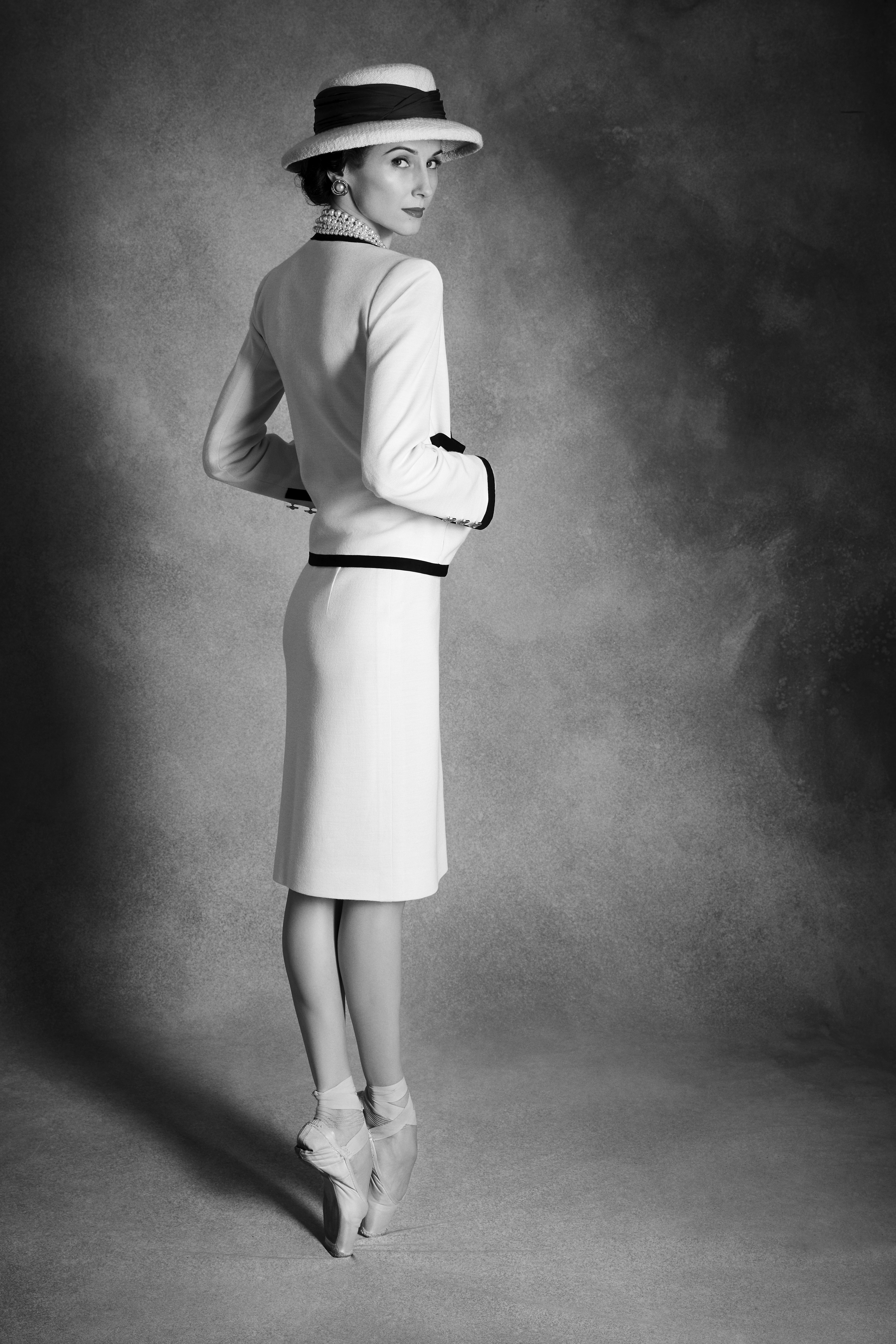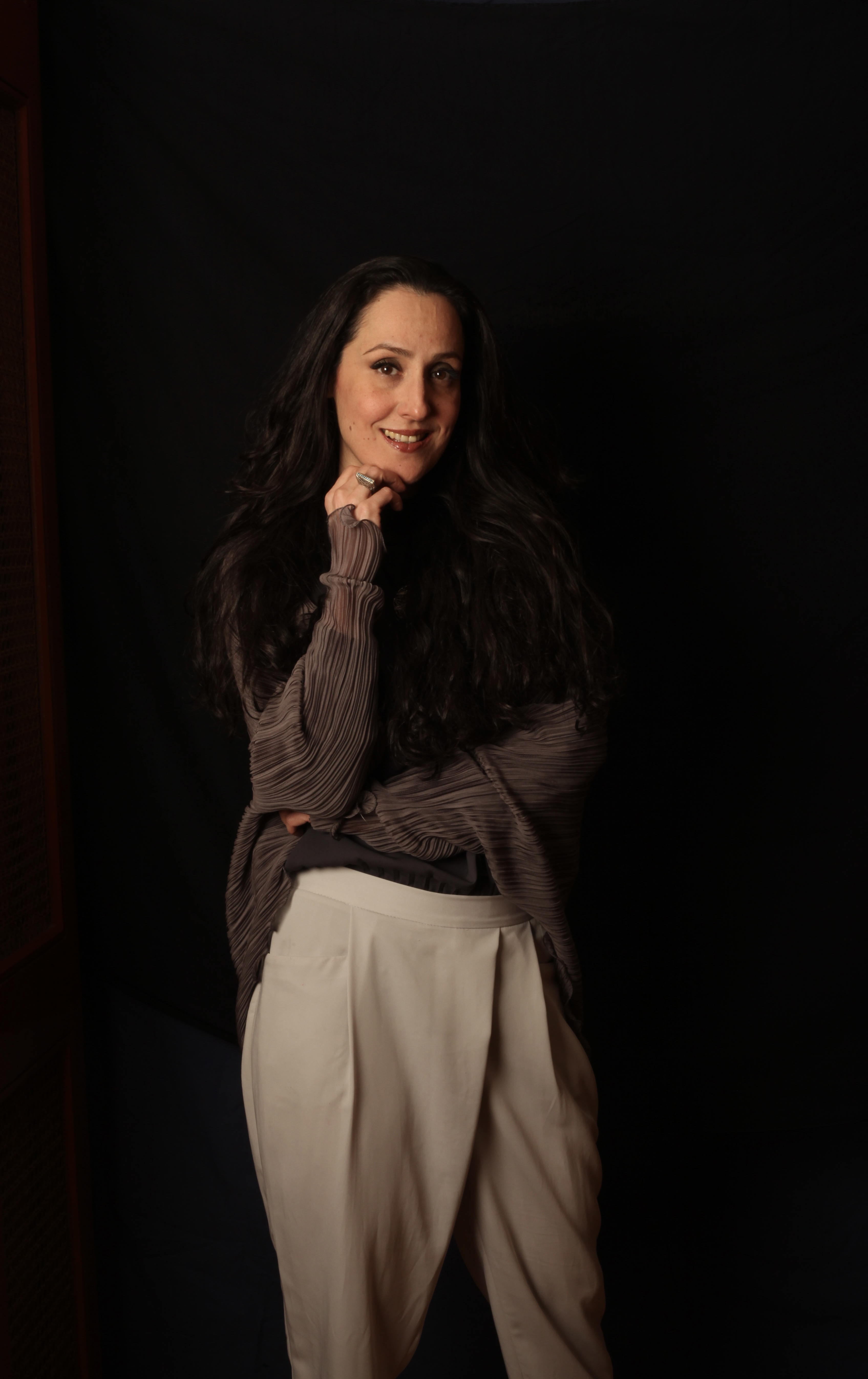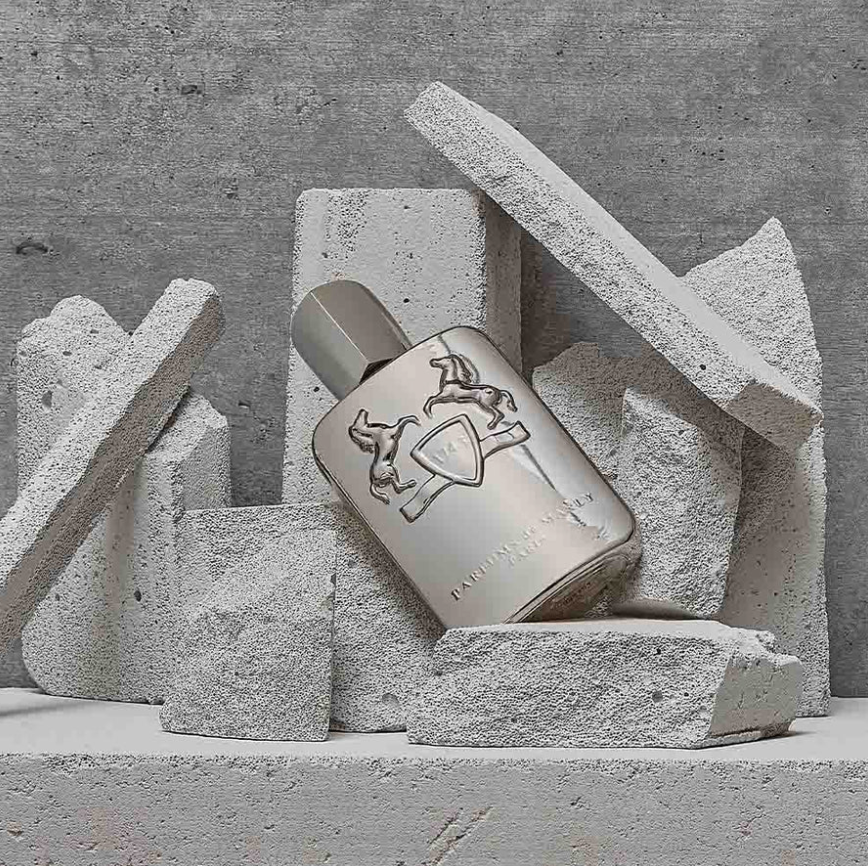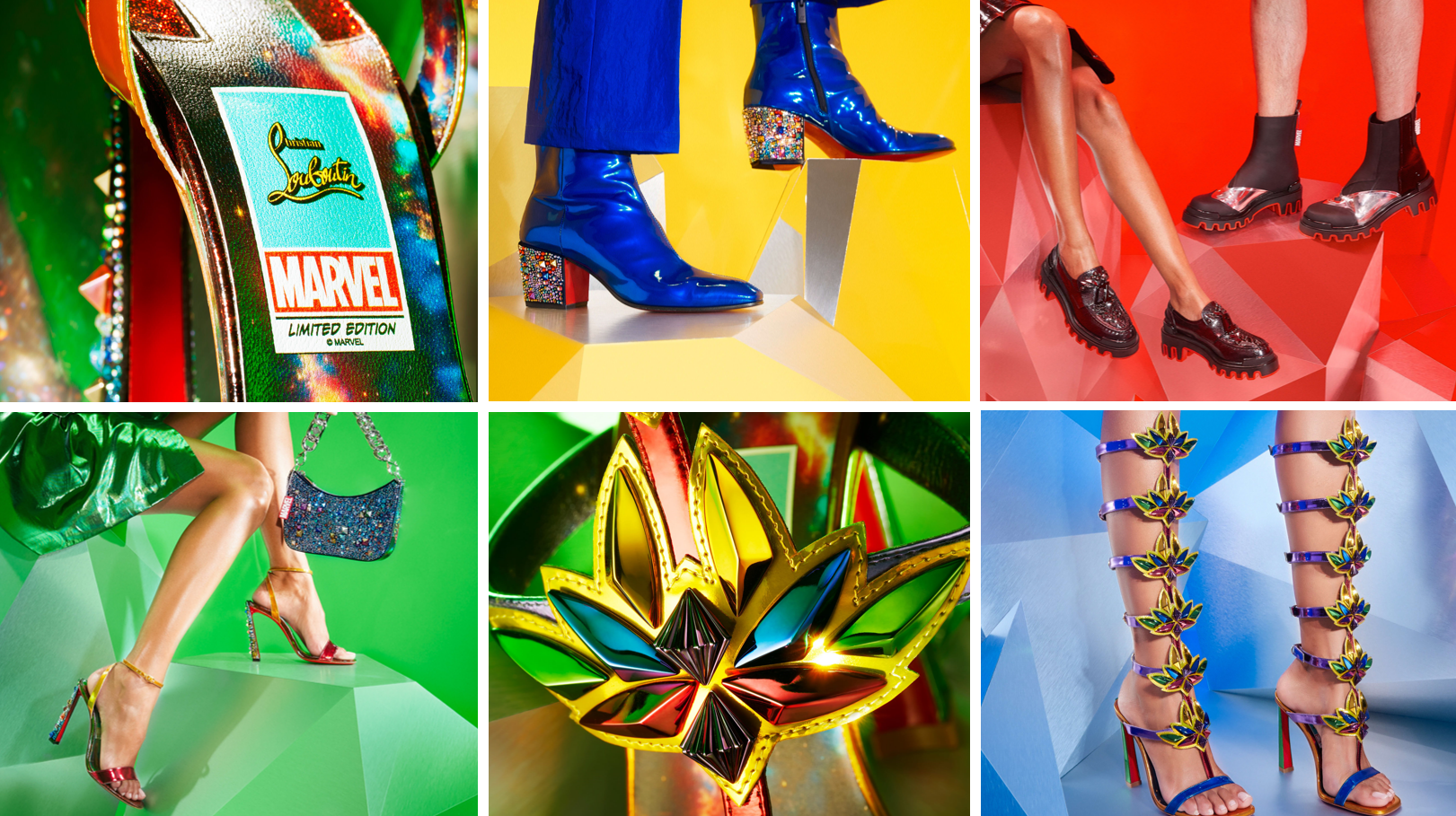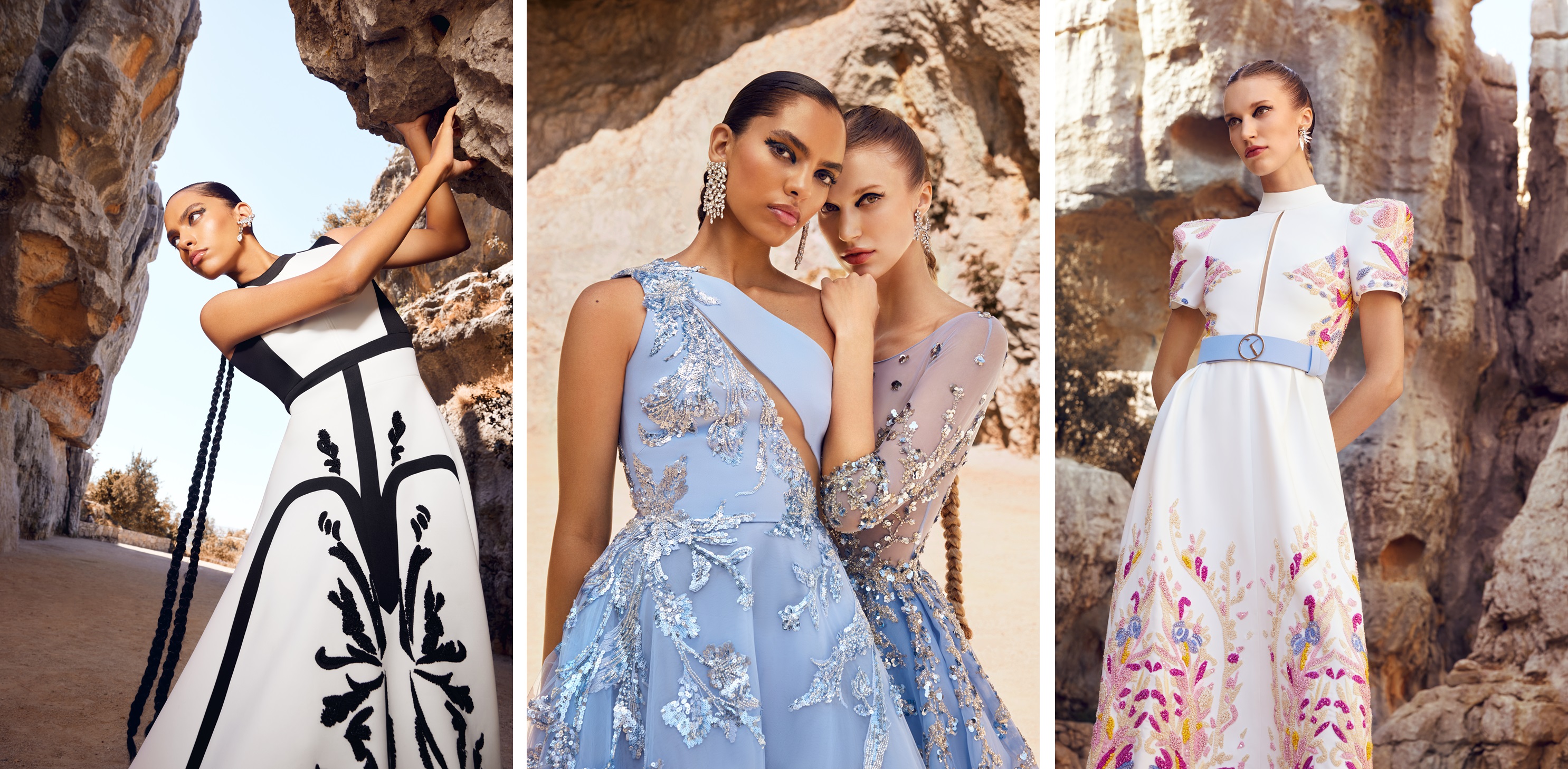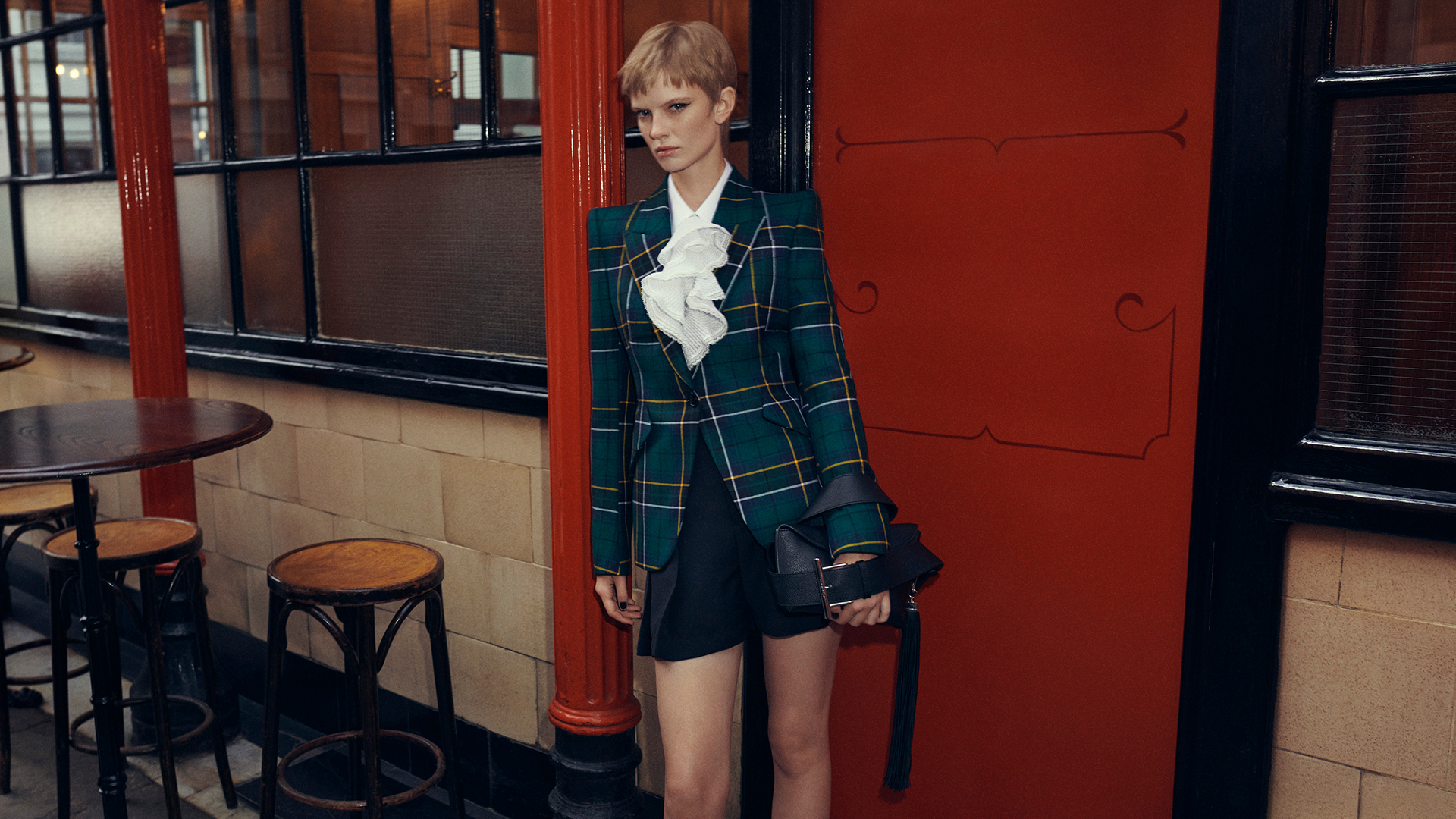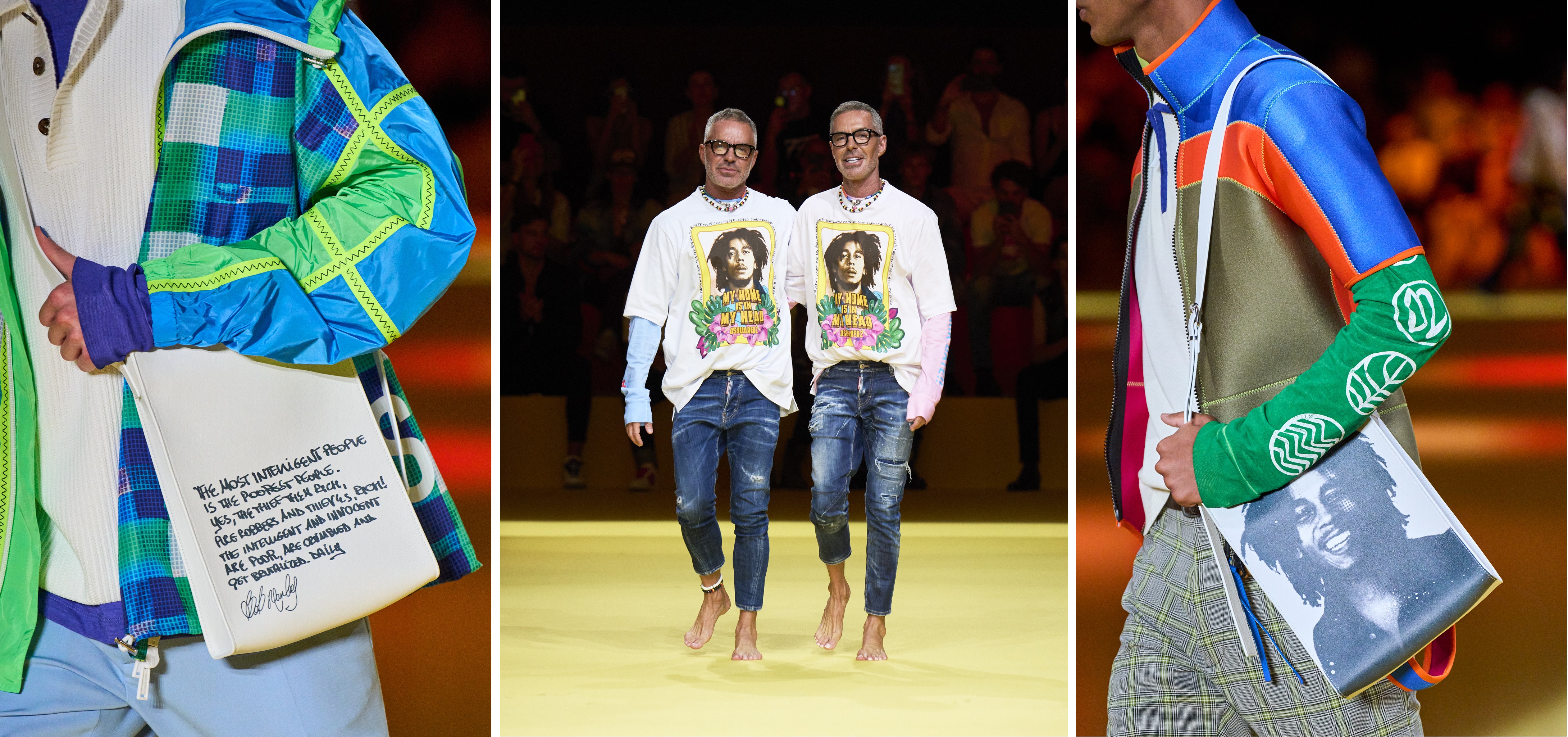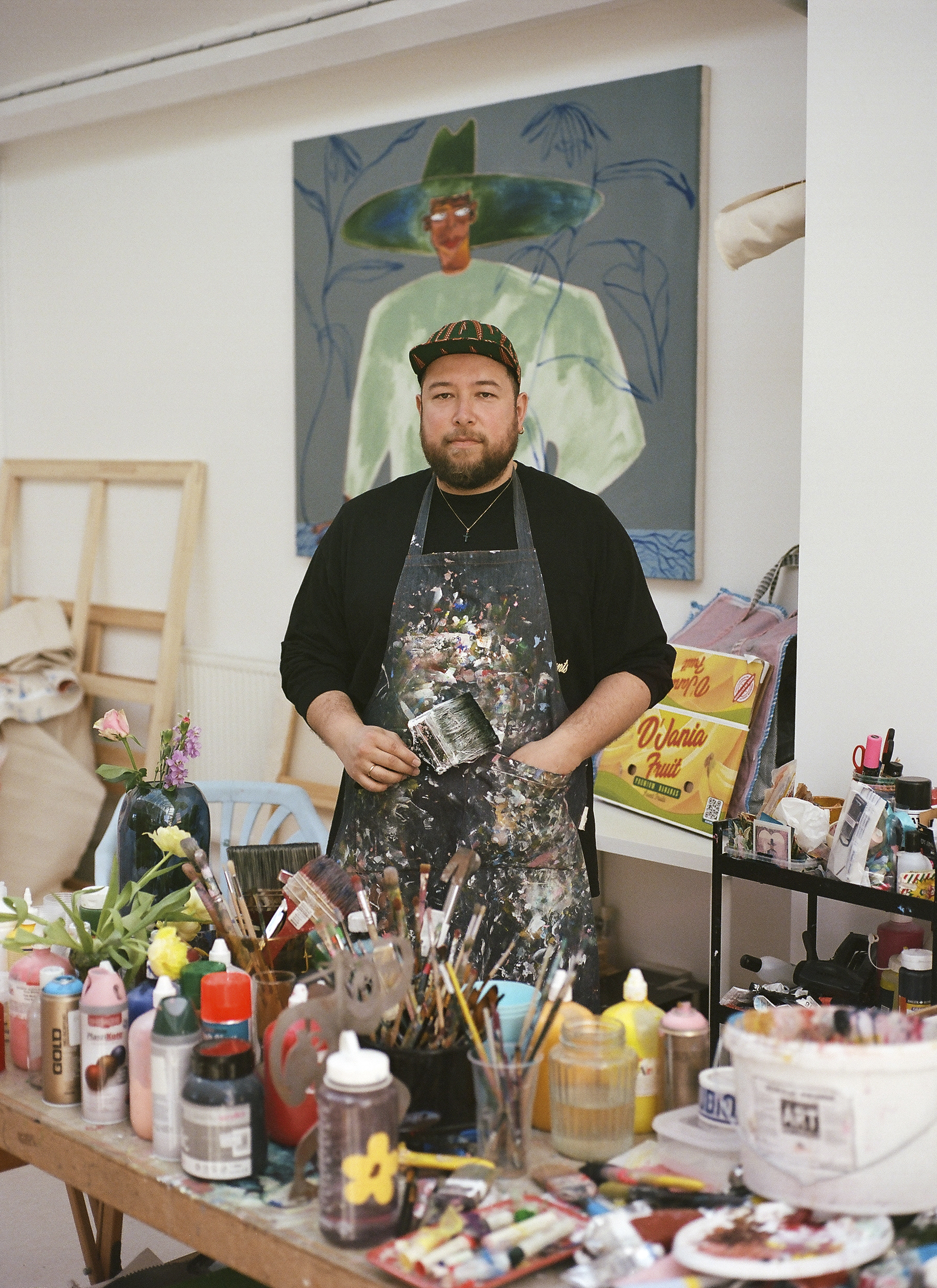
The windows of Hermès London flagship display an explosion of colour. Cut-out characters caught mid-motion, playful, defiant and joyous. This is an art comission created by UK-based Salvadoran artist Jose Campos, better known as Studio Lenca.
The artworks will be on display until November 1.
Campos is no stranger to the Middle East, having previously exhibited painting, photography and video art at Foundry in Downtown Dubai.
We sat down with Campos, in an online interview, to find out more about his latest collaboration with the French luxury brand, his journey over the years as an artist and what influences his works.
.jpeg)
The Hermès Commission
The connection with the French luxury house was organic, says Campos. “Hermès came to my studios here, and they were, they were amazing because they were here to listen. They came many times and I told them about my work. It was a very kind of harmonious process,” he recalled.
The commission, which took a few months, was a direct response to the luxury house’s annual theme, ‘Drawn to Craft’. “Everything is hand crafted for Hermès. I made these five windows over a few months,” he explained.”
The artistic vision for the New Bond Street display traces an artist's imagination coming to life. “The windows start off with an artist in their studio, and then as the windows go on, you see the sketchbook of the artist come to life, you see birds start flying out of the pages, you see Hermès kites flying out of the books. In the last window, you see all of my figures being lifted by balloons made with Hermès ceramics, because they're kind of flying. To me, that's about an artist's imagination taking them to somewhere different, taking them to somewhere new. And that really connects with my own personal story, of art transporting me somewhere else.”
Campos emphasised the intentionality of movement in the installation. “A big part of the window is a kinetic sculpture. It's a marble run. We created a system where these marbles are on tracks. I really wanted movement to be in the windows as a way of thinking about how joy is a type of energy.”
The craftsmanship was a slow and meticulous process, he added. “The Hermès process started off with drawings in my sketchbook, and then talking to the people at Hermès to make sure it was right. The actual making took a long time because the pieces in the windows are made out of wood.
“I also included prints of flowers I went to actually physically collect flowers from the garden and then I printed them using a press... it's a very slow process. And I think that really connects to Hermès, this idea of craft and handmade.”
The final installation features printed flowers, drawings on paper, wooden cutouts painted with acrylic and oil paint, and a metal kinetic sculpture.
Following the display, Studio Lenca will receive some pieces for his collection while “Hermès are keeping some for their archive.”
, 2025, 5 hand crafted windows for Hermes New Bond Street, London.jpg)
Studio Lenca’s journey and style
When asked how he first entered the art world, Jose Campos explained the origin of his pseudonym: “My name is Jose Campos, but I work as Studio Lenca. I chose that name because the Lenca are indigenous people of El Salvador, which is where I was born. And then 'Studio' is a space for me to experiment, but also I often work with other people, so it can be like a collective effort as well.”
Forcibly displaced as a consequence of El Salvador’s civil war in 1989, Studio Lenca’s life began as one of the first wave of child migrants to the USA. Just around four years old, he was living undocumented with his mother. His early life experiences deeply shaped his creative path.
“I lived in San Francisco, and actually I lived undocumented,” he added.
His first encounter with art came while helping his mother clean houses. “I could see her clients had artworks on the walls. They had big, beautiful coffee table books that I would kind of look through. That was, I think, my first encounter with art because our family wasn't going to galleries.”
Later, he began taking free ballet lessons and eventually attended the San Francisco School of the Arts, where he saw disciplines like music and visual arts.
His art now seeks to decentralise the collective idea of Salvadoran identity, creating proud, courageous and visible figures that are the opposite of his fragmented start.
The artist has a distinct visual style, with characters wearing bright and colourful outfits and large hats.
“I think because I had such a fragmented past, I try to create almost like a safe place with these paintings, so they're colourful, and I repeat the same figure. It's about reclaiming that fragmented past. My figures always have a big hat, and that's about taking up space, that's about showing pride, because that's the opposite of my start. I often think about the nature, the customs, the traditions of El Salvador, and I include that in my paintings,” he explained.
“Art, for me, is a way of exploring that situation, but also turning something that was difficult into something that's joyous.”
Before becoming a full-time artist in 2019, Studio Lenca spent almost 10 years as a teacher of art and photography at secondary school.
“It was an amazing experience because I always say that I became an artist because of the children that I taught. I felt that if I'm asking them to experiment, to try new things, that I should also do that myself. That process taught me to also be open to experimenting,” he said.
When asked if artists have a responsibility to challenge or comment on social and political issues, he said that he saw his work as inherently political.
“Because of my own personal history, it's impossible for me to separate myself from that idea. My work is like a quiet political. It's softer. That's really important, because maybe you're seduced by the colours or the imagery and the beauty, and then we can have a conversation that actually these figures are about displacement and difference.”
For young and emerging artists, his advice is simple: “I think just being open to looking at art. I always say that whatever you are, is enough. Starting there and thinking about what your offer to the conversation is really important.”
.jpg)
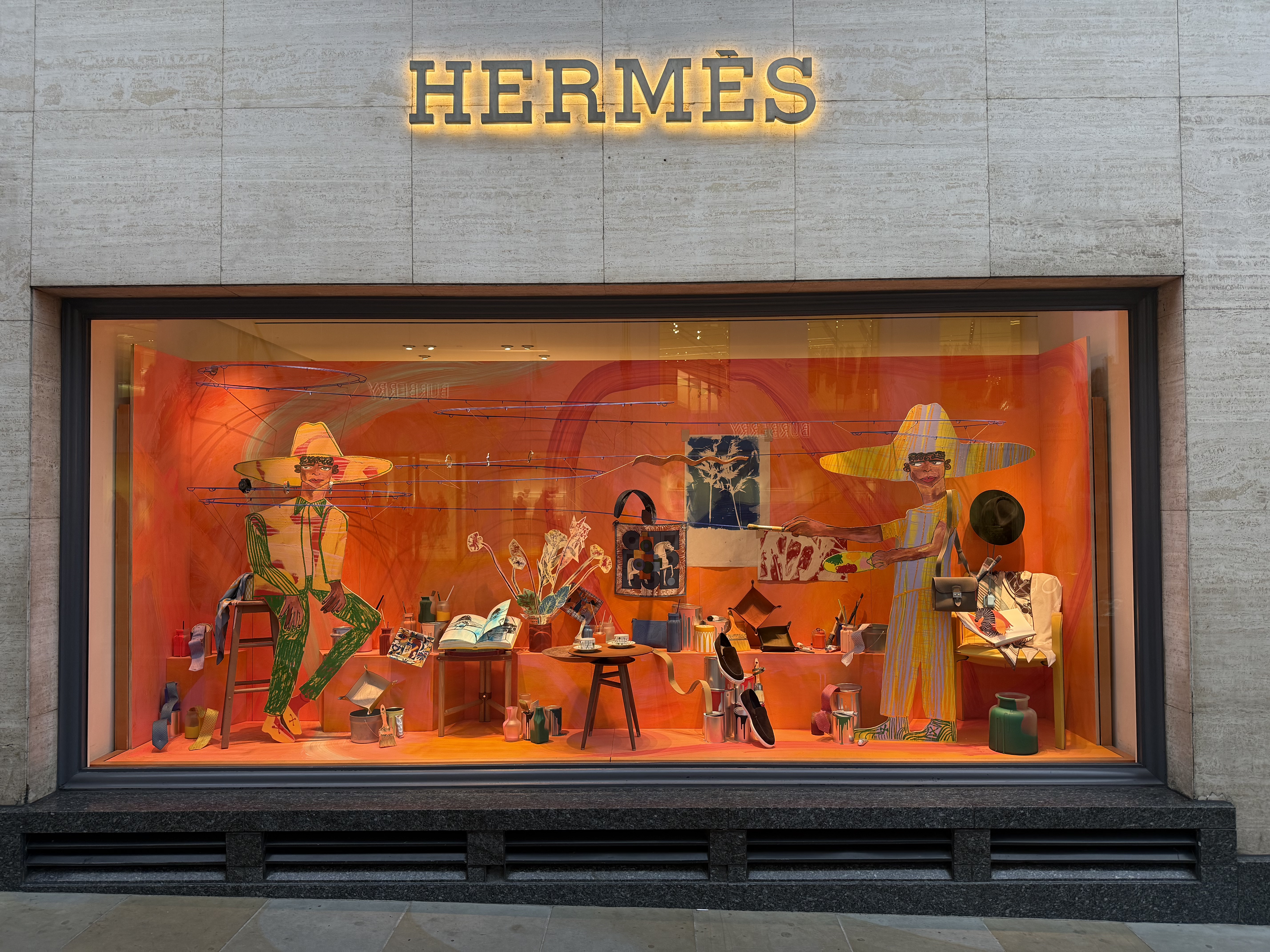
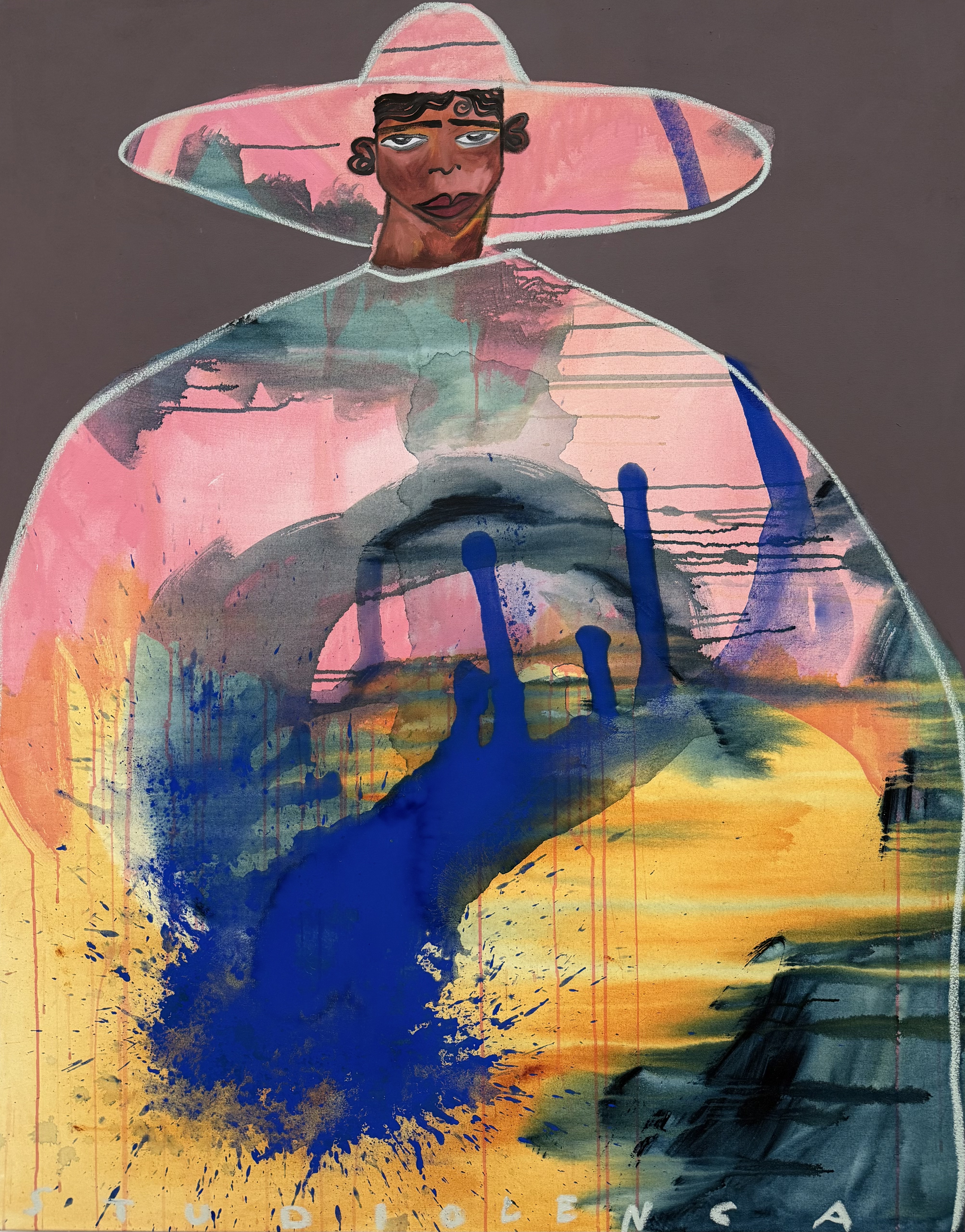
.jpeg)
